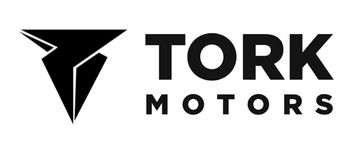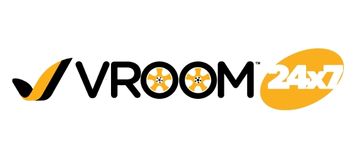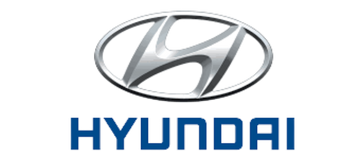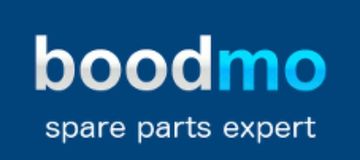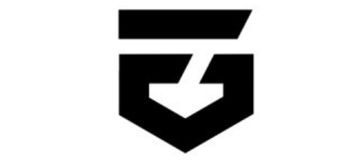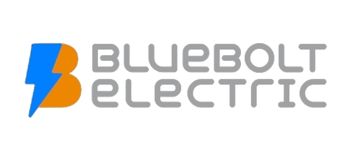Design of EV Using MATLAB
Program Objective :
This program is designed in such a way that it covers all the basic components involved in designing a electric vehicle and to model it in MATLAB/Simulink.
- To model the vehicle dynamics in MATLAB
- To design and simulate the basic converters for EV
- To design and simulate the Inverter
- To understand Motor principle and how to select motor for EV
- To model Electric Vehicle Battery in MATLAB
- To understand SoC (State of Charge )
- Introduction to Battery Management System
Learning Outcomes :
This course help you :
- Gain knowledge on resistive forces acting on Vehicle (Road Loads)
- Understanding the power electronics and their role in EV and able to model the same in MATLAB/Simulink (Converters, Inverters )
- Able to understand different motors used in EV and modeling the same in MATLAB/Simulink
- Gain the knowledge on Battery and how to model a battery in MATLAB/Simulink
- Understanding the words State of charge(SoC) and depth of discharge (DoD)
- Able to understand Battery Management System (BMS)
- Finally you should be able to design a complete EV Model in MATLAB/Simulink.
- Flexible to work with MATLAB/Simulink.
Main Highlights
- Learn without a career break with online classes available 24*7.
- One can access the course at their own pace, but with the investment of 3-5 hours/week, it can be finished within a month.
- The program uses a Continuous Evaluation System that assesses the learners over convenient and regular intervals. Such a system provides timely and frequent feedback and helps busy working professionals stay on course with the program.
- The education delivery method is a blend of classroom and experiential learning.
- Participants who will complete the program become eligible for Mentorship and Placement help through our Job Fairs.
With Project-based 1-month Internship Learning!
Stepwise procedure for the course enrollment with a 4-week internship project
- Step 1:
Apply for the internship-based learning-based course and fill the application form.
- Step 2:
Pay the necessary fee to enroll in the program.
- Step 3:
The technical team of DIYuru will check your entered data, and will share the confirmation of acceptance as you will be shortlisted in the next 24 hours.
- Step 4:
Once you are enrolled in the course, start working on the course videos, and given assignments, and complete the course at your own learning pace!
With this, you shall receive the ‘course completion’ certificate.
Project-based Internship process
- Step 5:
If you have applied for the ‘internship-based learning’, then the team DIYguru Support shall connect with you to share the date of the ‘live course certification examination!’.
This examination will enable you to understand your current expertise and will allow us to define the best possible project for you! Students will get a minimum of 4 weeks for the examination preparation.
- Step 6:
Once you clear the examination, the DIYguru technical mentors will contact you to enroll you in the ‘live project’. Since students will work on a live project, students will get enough time to prepare themselves before the internship project begins.
- Step 7:
Since it is an ‘internship’ based project, the students will be encouraged to work through the assigned project in teams and will be allowed to achieve the results on their own, with mentorship support from DIYguru! Allowing you to gain the actual skills as an ‘intern’! Enrolled students will get a minimum of 4-6 weeks to work and submit their project reports.
- DIYguru shall also allow you to work in groups or as an individual. However, at the end of the internship, each student shall submit a project report with all the results achieved, for evaluation by the DIYguru technical team.
- Every candidate after successful completion of the internship project shall also submit a pitch presentation video, explaining his/her project-oriented achievements and results, so that the participants can work on their communication and presentational skills simultaneously.
With this, you shall receive the ‘Project-based internship’ certificate (along with evaluation score), and an ‘achievement badge’ to validate that you have successfully cleared the ‘certification examination’ (shareable on LinkedIn and other platforms).
Application Form
[gravityform id="16" title="false" description="false" ajax="true"]
Eligibility Criteria
The program is designed for students or professionals who are:
- Having a Diploma, BE / B.Tech or equivalent in domains such as Automotive, Mechanical, EEE, ECE, Instrumentation, Mechatronics.
- Designing enthusiasts (No academic qualification mandatory)
- Working in industries such as Automotive, Auto components, Design, Manufacturing, etc.
- Working in Functional areas such as R&D, Analysis, Maintenance, Projects, component design, etc.
- Interested in pursuing further studies on a part-time or full-time basis in Design and Engineering Sector.
Technical Requirements
The program to give its best will need the following requirements:
- Computer/ Laptop will provide you with the best experience, but this program is quite compatible with smartphones to make it feasible for students worldwide.
- High-speed internet for crystal clear experience, but this program can also run without buffering with below-average connectivity for reaching out to students from suburban and rural areas.
- A student should make their notes for future reference.
- A student should have basic knowledge about high-school physics, maths, and chemistry, even though the pre-requisite of this program will brush up on one’s basic concepts.
Topics to be covered
Power Required to overcome Resistance Forces acting on the vehicle
- 1.1 Introduction to various Road loads
- 1.2 Calculations
- 1.3 Simulation
Power Converters in Electric Vehicles
- 2.1 Overview
- 2.2 Topologies Non-Isolated Converters Buck-Boost Buck Boost Cuk Isolated Converters Flyback Push-Pull Resonant Zero Voltage Switching
- 2.3 Parameter Design(e.g.Inductor, Capacitor)
- 2.4 Simulation
Inverters in Electric Vehicles
- 3.1 Introduction
- 3.2 Topology Single Phase Inverters Three Phase Inverters Multilevel Inverters
- 3.3 Design and Simulation
Motor & Motor Controllers
- 4.1 Introduction
- 4.2 Classification of motors DC Motor BLDC Motor Permanent Magnet Synchronous Motor(PMSM) Three Phase Induction Motor Switched Reluctance Motor
- 4.3 Working and characteristics of motors
- 4.4 Motor Controllers
Modeling of EV Battery
- 5.1 Introduction
- 5.2 Types of Batteries used in EV
- 5.3 Simulation State of Charge estimation Battery Management


